What is home hushing and will it work for you?
We ask the experts if home hushing is anything new, or simply the same as decluttering.
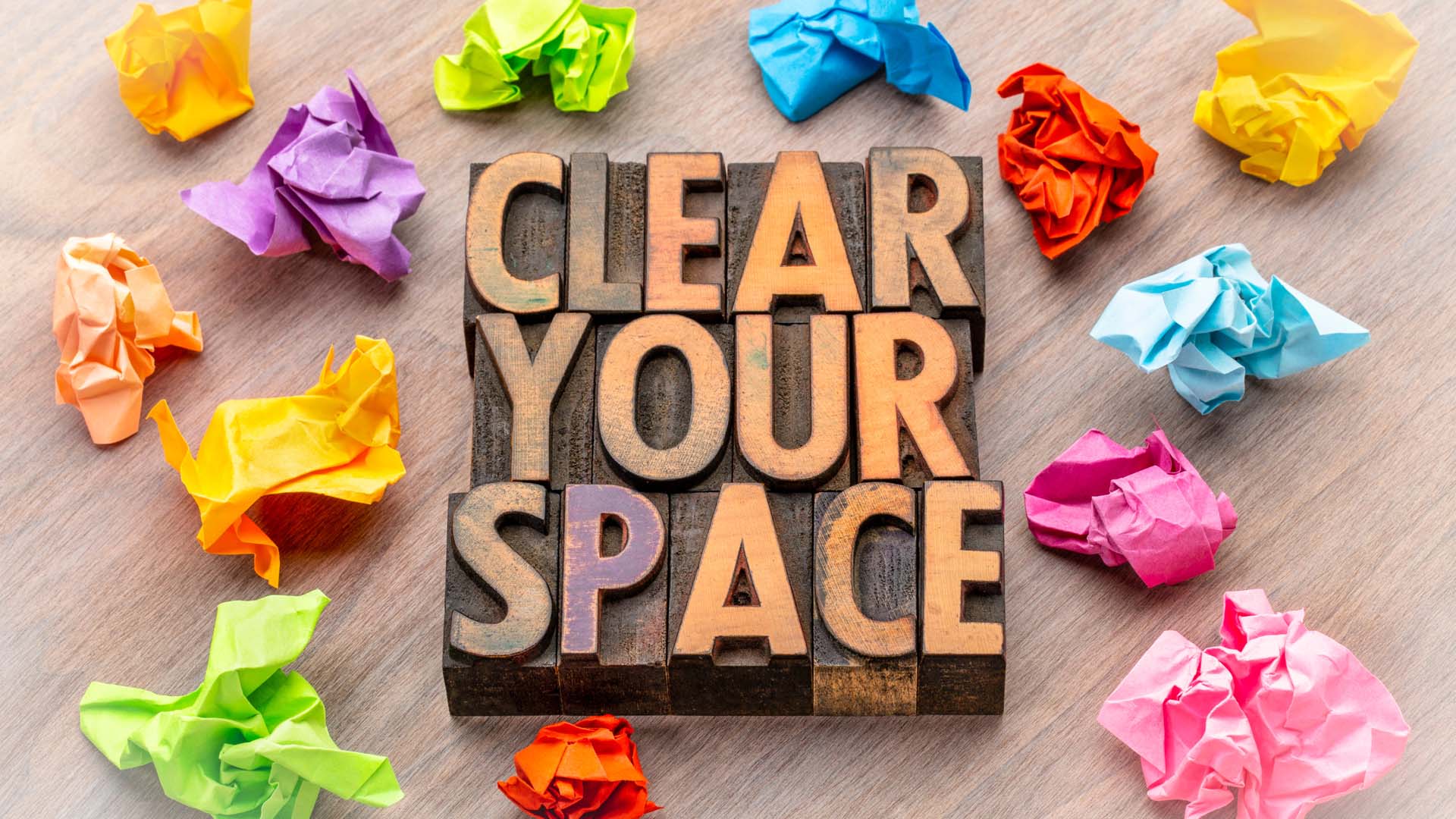
We ask the experts if home hushing is anything new, or simply the same as decluttering.

Decluttering your home is a regular activity for many of us, and it’s a subject we love to help with at Saga Magazine.
But as the rise in external ‘noise’ from the news, social media and pressures of busy lifestyles show no sign of abating, when we close our front doors, we’re often looking for the ‘volume’ to decrease.
But what if it doesn’t?
Could it be that our homes may still be too noisy – and by this we don’t mean the audible volume. Instead, we’re referring to the visual noise and distraction created by our belongings.
Intrigued? So were we. That’s why we asked the experts for their thoughts on ‘home hushing’.
Does it actually make a difference or is it just more chat in an already noisy space?
Interiors blogger Myquillyn Smith of US-based website The Nester began talking about home noise in January 2023, stating how: “Some voices are louder than others – if you have a bright red chunky mirror, its voice is louder than the white taper candle that sits on your dresser.
"But both have a voice taking up visual, physical and even emotional space in your room.”
Smith goes on to talk about how she makes her home ‘quieter’ by removing everything (except for larger items of furniture) from a room, before deciding what to bring back.
When it comes to returning items to the space, Smith says it should only be those items you “love, miss or need.”
Everything else is superfluous and can be sold or donated to charity. Subsequently, it’s a trend that’s starting to gain momentum and was instantly recognised by the Association of Professional Declutterers and Organisers (APDO) when we contacted them.
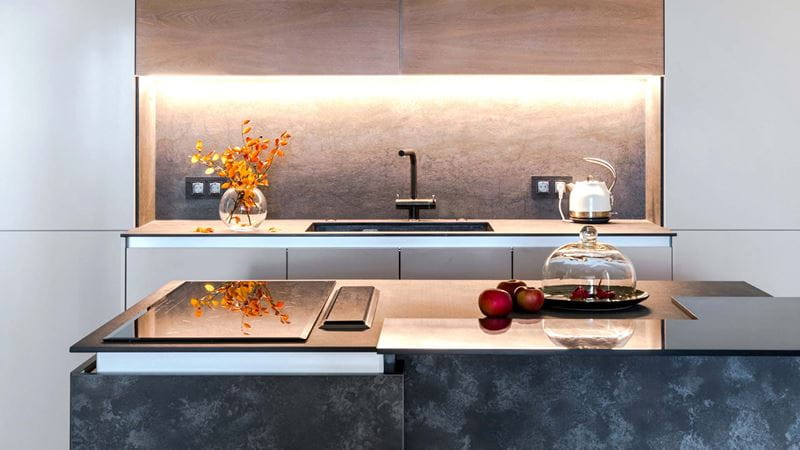
Smith’s blog proposes the following:
Is it just about colour? What if we like a busy home?
It’s easy to assume a noisy home is one that’s filled with physical noise, bright colours and lots of items.
Expert members from the APDO explain how it’s not just about your TV volume or your choice of paint.
“If I think about a 'hushed' home, I'd say it is less about bare walls, sparsely decorated shelves and half-empty coat hooks,” says Kate Yiannacou, owner of Tidy Happy Calm.
“It’s more about ensuring that the items you own and store in your home (whether visible or not) are in harmony with what surrounds them.
"So, piles of papers stacked on your kitchen tops are visually at odds with what the kitchen is for and might feel jarring and 'noisy'.
“A random assortment of old shoes and a pile of takeaway menus loitering by your backdoor will just feel like noise, too,” she adds, “because they don't make sense all together in the space they are in.”

Jane Lee, founder of Jane Lee Interiors agrees, and explains how even removing the clutter you can’t see has benefits.
“I had a client who was going through a messy divorce, and she mentioned in passing that she hadn’t been sleeping well.
"As we emptied her bedside table and the area under her bed,” says Lee, “there were piles of legal papers right next to and underneath where she slept.
“It didn’t take long for us to clear everything away, sort and relocate the paperwork to another room – and for her sleep pattern to improve.
“Strong colours and patterns can be over-stimulating and noisy, especially bright reds, oranges and yellows,” adds Lee, “but it’s also down to personal taste. There’s thousands of stunning, super-colourful homes on Instagram that I love looking at, but know I personally couldn’t live in.”
If you’re after something more calming, Lee recommends warm neutrals and shades of green.
If physical noise is also a problem, Lee suggests the following:
We asked Sue Spencer, KonMari (the name given to the Marie Kondo method of decluttering) consultant and owner of A Life More Organised, for her thoughts on the ‘home hushing’ technique compared to the one she practises with her clients.
“While it may seem at first glance that there are many similarities, they work in very different ways,” says Spencer.
“The KonMari method is all about creating a better understanding of what sparks joy in your life – this starts with understanding what your ideal lifestyle would look like and how you want your home to look and feel.
"This sets the goal that we are working towards to create a home that facilitates you living this way. “It has a longer-lasting impact,” she notes, “as when you work through your whole home, one category at a time, it really can reset the way you view your space and possessions.
“It will change the way you shop and live your life. You don’t need to be decluttering all day, every day – you just need to put aside regular time to work through it and enjoy the changes it makes to the way you live.”

“The home hushing method feels intuitively more minimalist,” says Spencer.
“You are looking to remove visual clutter from your home so you can see all the items you love.
“However, for some of my clients, it's about having a home that looks more lived-in, where they can see or easily find everything they love.
“Using the ‘spark joy’ approach means they have still decluttered all the items they don’t love but aren’t left with a minimalist home they wouldn’t enjoy.”
Spencer also adds how emptying by room as opposed to category could mean you still end up with too many similar items.

“I find the category approach gives my clients confidence in their decision-making,” says Spencer, “as they’re able to see all the similar things together when they decide what to keep.”
On the similarities between the methods, Spencer agrees that, “when you return items to a room with the hushing method, you are making a positive decision to keep an item that you love or find useful”.
This is undoubtedly like the process of picking items that spark joy.
“Anything that doesn’t spark joy or isn’t an is discarded,” adds Spencer.
“So, while you may not love a potato masher, if you love mashed potato, it stays."
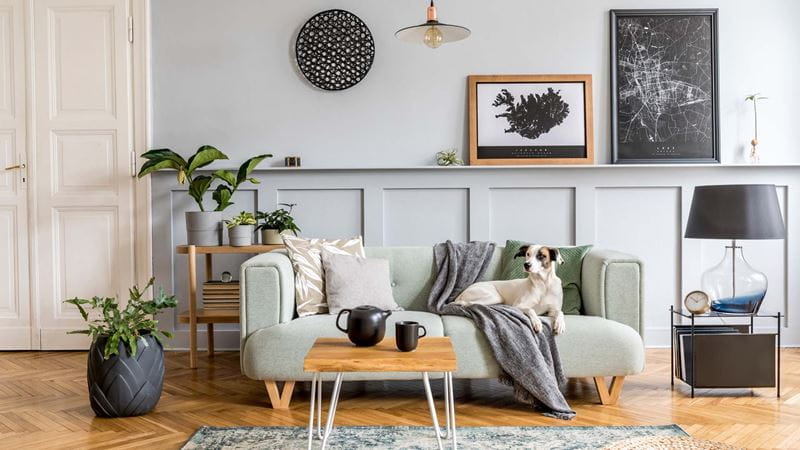
“This seems like a great idea in principle,” says Yiannacou.
“Who doesn't want their home to be a tranquil haven?
"But most of us live busy lives with countless tasks to cross off our lists every day, and unless you are super organised, removing all visual prompts might mean you forget entirely to do those things.
"Then you'll have more to worry about than cluttered kitchen tops.”
Lee notes how the main issue for her is the space that’s needed to hush your home, especially if you’ve got lots of items to examine.
She suggests that a spare bedroom, dining room or garage may make a good location.
As well as the fact it doesn’t allow you to compare similar items from other rooms, Spencer agrees that one of the main flaws is having to store items for 24 hours before returning them.
“Hushing assumes that you have the space and the time to remove everything from a room and then live for 24 hours without the objects.”
Spencer offers some practical tips for making your home less noisy:
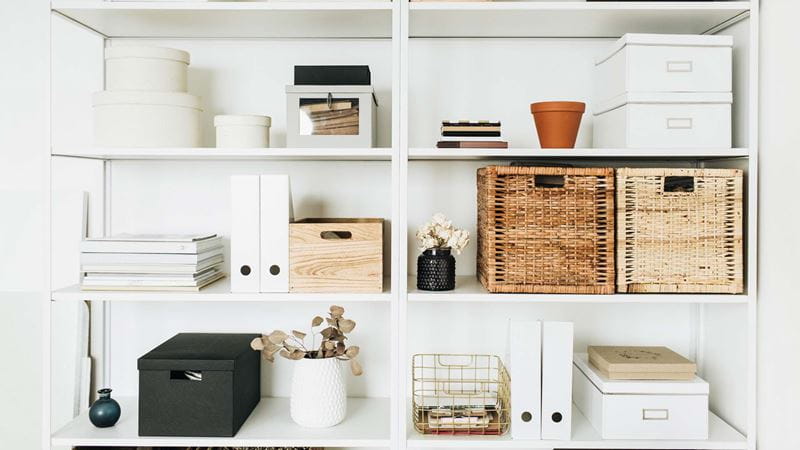
Yiannacou still believes visual cues are helpful but notes that it’s important to control them.
“For my clients, I would be recommending using visual cues to their advantage, but within an organised system,” she says.
She suggests having designated paperwork in-trays as one of her top recommendations.
Lee’s key tip for starting with any home organisation method?
Get started with less emotional items such as a bathroom cabinet, cutlery drawer or under-stairs cupboard.
“Stripping back any possessions immediately dials down the ‘volume’ of domestic noise that we encounter in our homes, day in, day out.”

Yiannacou says there is one room that may benefit from a little extra quiet.
“Most bedrooms can benefit from hushing,” she says. “There aren't many practical tasks that need to be completed there, so removing any visual to-do lists from that room would be ideal.
"In doing so, your bedroom becomes a more relaxing space to get a better night's sleep, helping you get ready to face the next day.”
“A more considered home allows the things we love to shine,” says Lee. “Personality can be brought in with the pictures, ornaments, furniture and soft furnishings that are consciously held on to.”
Spencer agrees. “With the KonMari Method in particular,” she says, “the curated space is completely bespoke to each client and created by them, so it is the ultimate way to express their personality.”
Amy Cutmore has been writing about interiors for more than 20 years, harking back to the days when glossy red kitchens, toile de Jouy and rag rugs were all the rage, and everyone wanted a Changing Rooms makeover. You’ll have seen Amy’s work at Britain’s biggest homes titles, including Ideal Home, where she served as Consumer, Technology and Group Digital Editor. She has also edited or written for Homes & Gardens, Livingetc, 25 Beautiful Homes, Real Homes, Gardeningetc, Inside Readers’ Homes, Inspirations for Your Home, Country House & Home, Top Ten Reviews, Trusted Reviews and Country Life.
View author page
Rekha Mistry shares her top vegetables to grow in your garden all year round.

We explain the science and have 7 of the best scented plants for your garden.
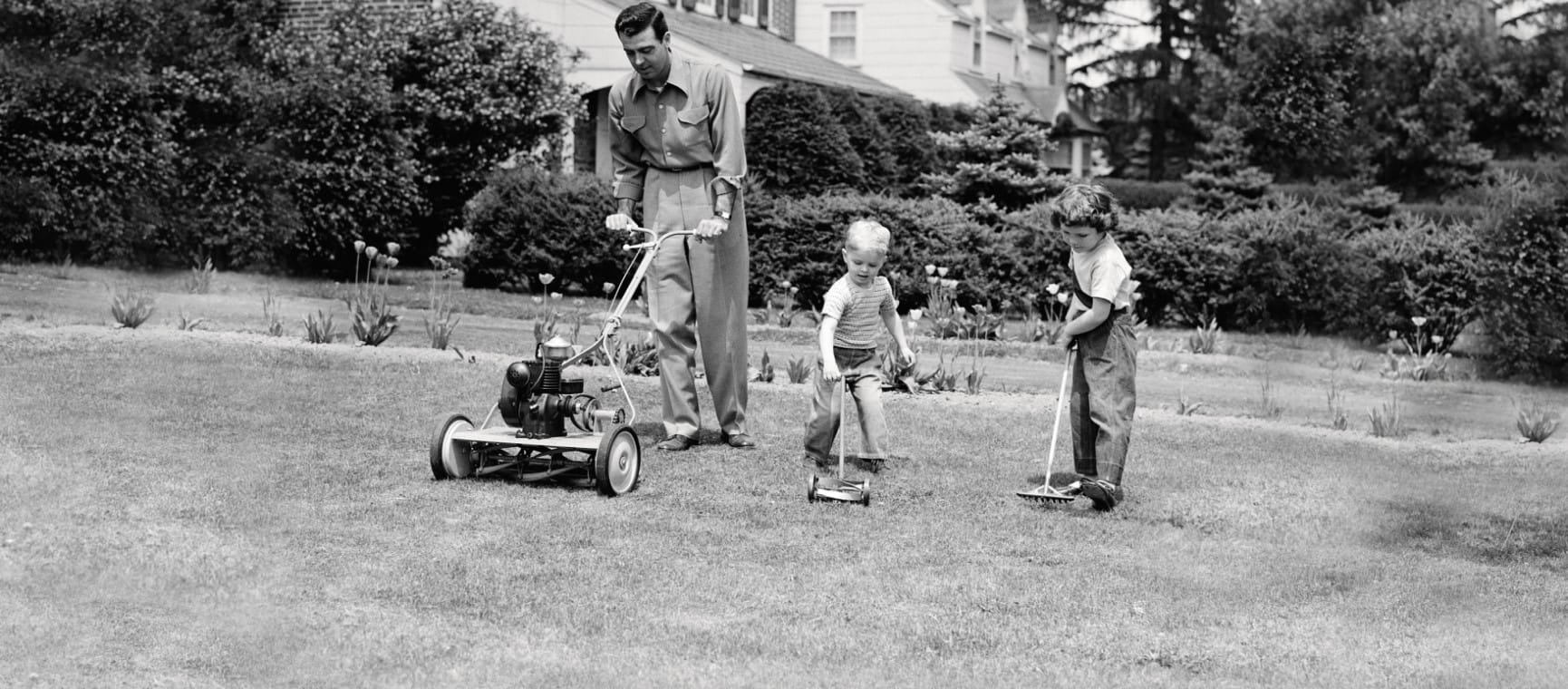
From robot mowers to electric pruning shears, spruce up your outside space with four of the best garden gadgets
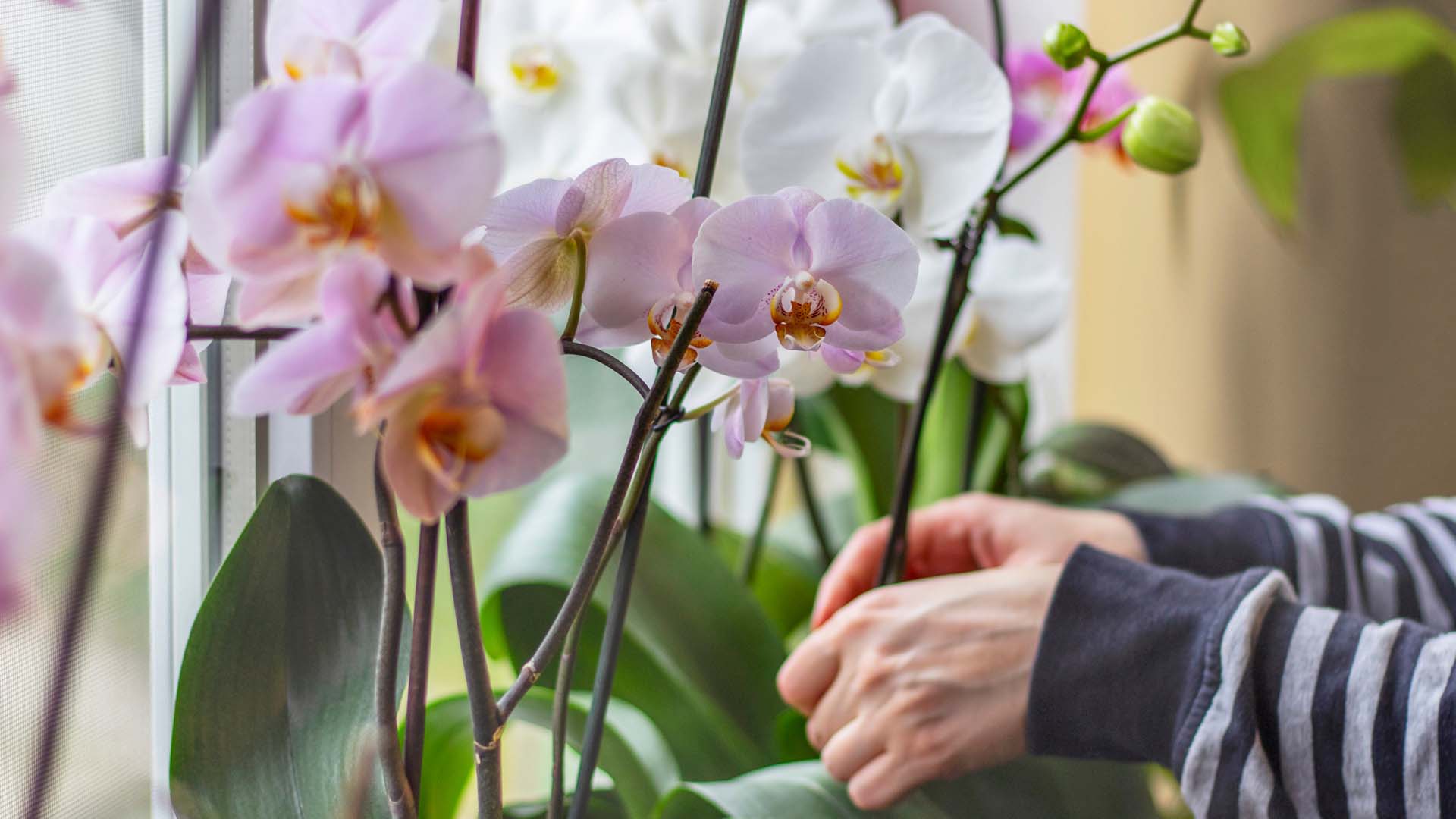
Our expert pruning and watering hacks include a top tip to keep them flowering from Alan Titchmarsh.
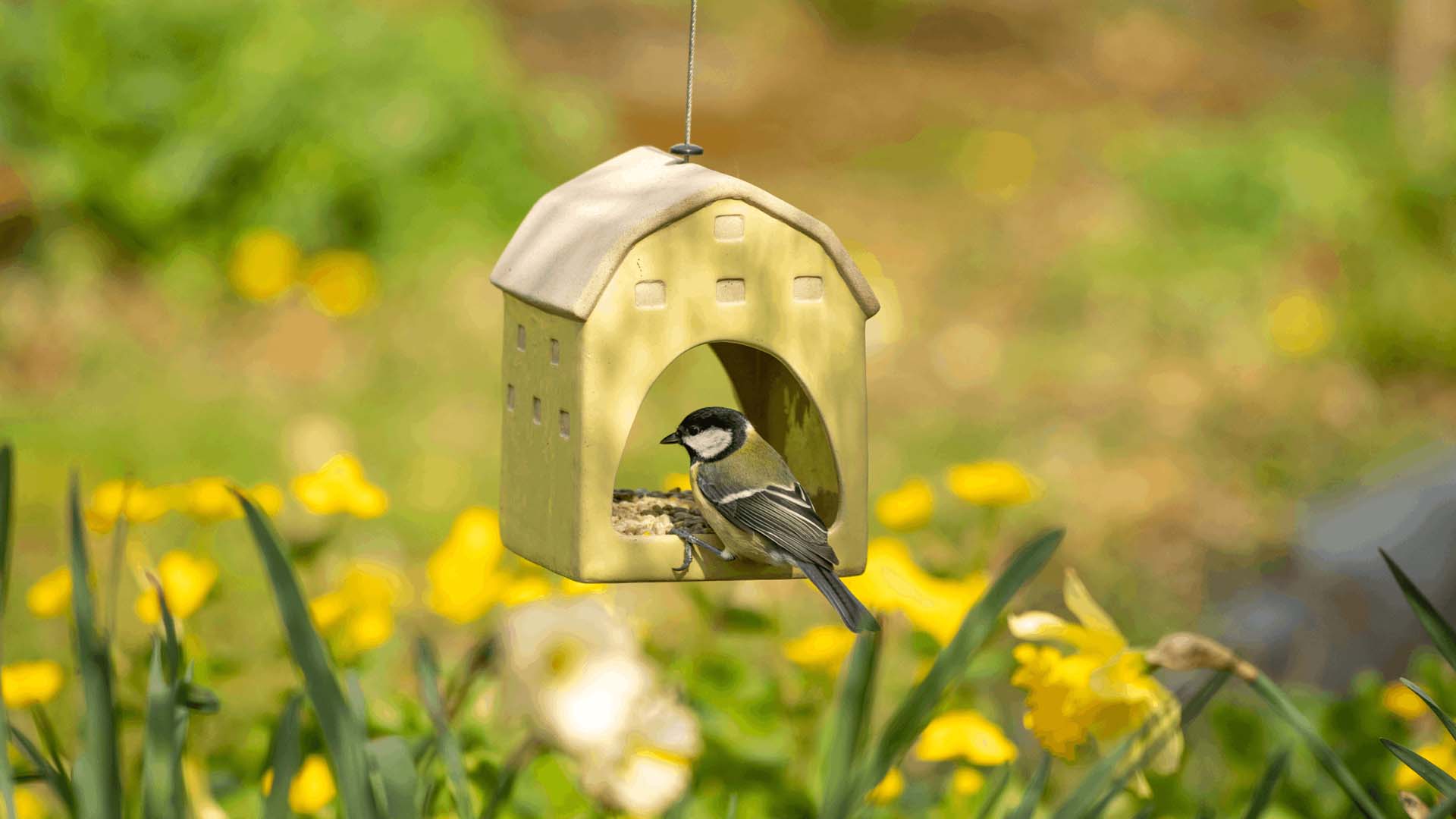
Don’t make these bird-feeding mistakes. Expert advice on how to feed birds in your garden safely.

Blighted by buzzing? How to keep wasps out of your garden without harming them so you can enjoy the summer.

The ways you could be breaking the law in your back garden - with expert advice on how to avoid neighbour disputes, a fine or even a prosecution.


Everything you need to know about Japanese knotweed, the fast-growing plant nobody wants in their garden.